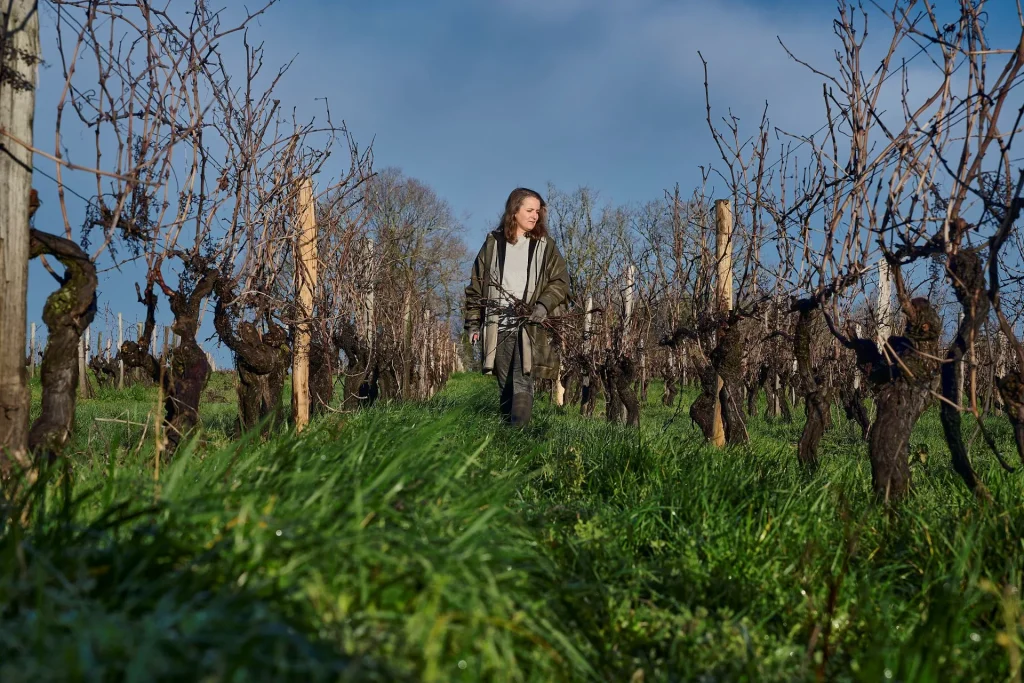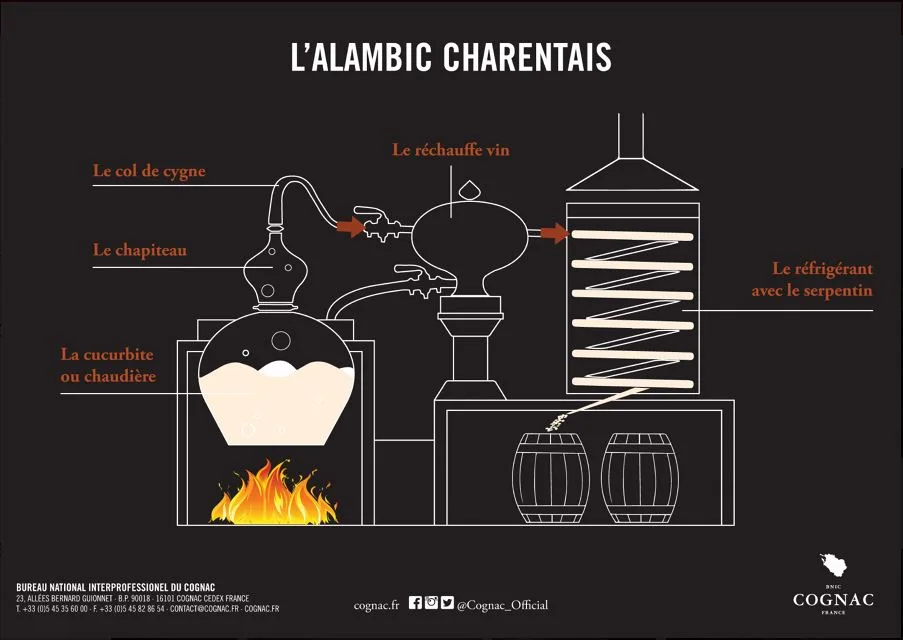Ours is the largest vineyard of white grape varieties in France and producing cognac requires many different skills.
A true living heritage, the expertise of cognac-makers is transmitted and evolves from one generation to the next.
From the planting of vines to assembly, via harvesting, vinification, distillation or aging of these eaux-de-vie, the men and women who make cognac are determined to perpetuate the skills and serve their unique product with a passion that they hope to share with you.
The cognac winemaker’s skills
There are more than 4,300 winemakers who work year round to produce the wines and then the eaux-de-vie that best match their terroir.
Every year, at the start of autumn and once the grapes have reached maturity, the harvest begins and continues for a month. A new cycle then begins with an increasing concern for the protection of the environment and resources. The cognac industry has given itself the means to accelerate environmental transition by significantly reinforcing its capacity to undertake R&D programmes that will enable it respond to the climate and environmental challenges that it has to face. It is a question of a commitment to itself and its ecosystem but also in respect of its territory, clients and inhabitants. Once harvesting is complete and fermentation finished, the white wine is ready for distillation.

The distiller’s skills
Distillation takes place in two successive heatings in Charentais alembics made of copper and heated by an open fire. The copper captures and refines the soul of the eau-de-vie and its essence thanks to its physical properties. Double distillation enables the obtention of eaux-de-vie of an intense aroma and finesse. This takes place during the winter months from October to March.

The skills of the cellarmaster
The cellarmaster is the reference point for the style and typicity of the cognacs produced by the House. S/he inherits the eaux-de-vie of previous occupants of the post and prepares the future, selecting the wines and eaux-de-vie, directing aging and composes the assembly of the finished product from a very diversified palette of eaux-de-vie (age, cru and even plot of land).
